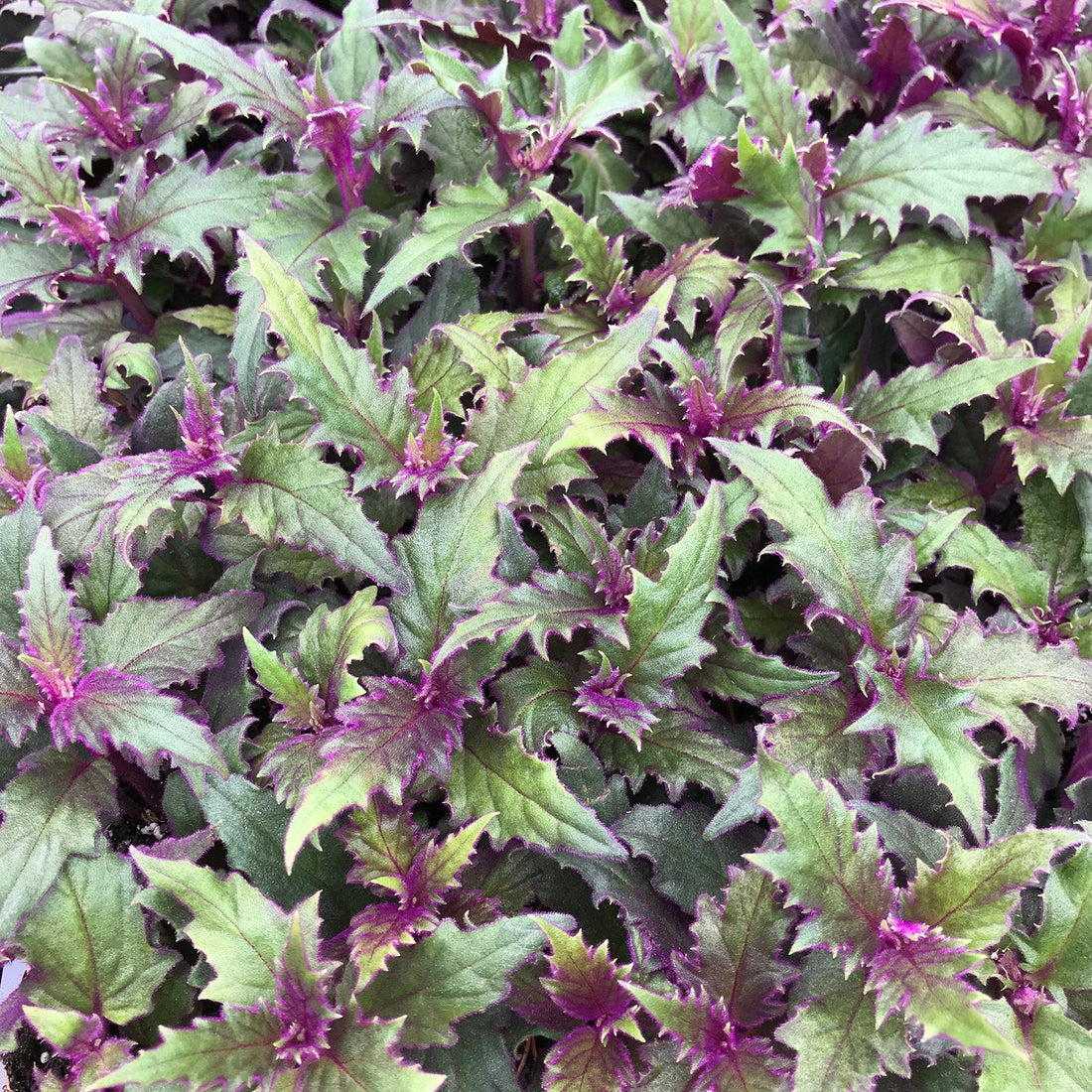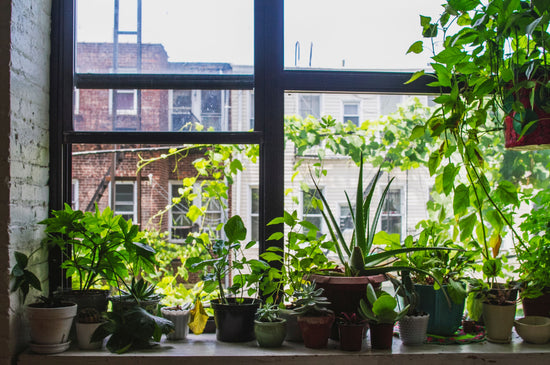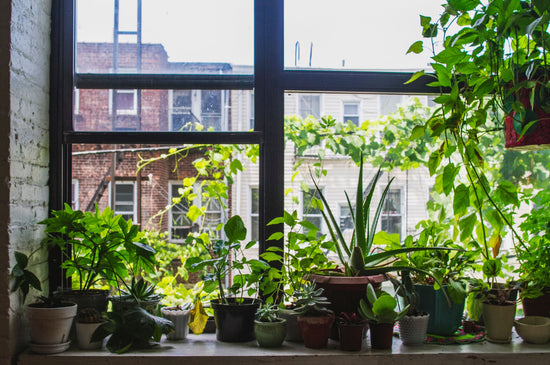The Velvet Queen of Indoor Plants: Everything You Need to Know About Gynura Aurantiaca
The Gynura aurantiaca, popularly known as the Purple Passion Plant, is a stunning addition to any indoor garden. With its velvety purple foliage and easy-to-care-for nature, this houseplant is a favorite among indoor plant enthusiasts. In this comprehensive guide, we’ll explore everything you need to know about Gynura aurantiaca, from its care requirements to its unique characteristics, and how to make it the crown jewel of your indoor planter collection.
What Makes Gynura Aurantiaca Special?
The Gynura aurantiaca plant, also referred to as the Purple Velvet Plant, stands out for its vibrant purple leaves with a velvety texture. This plant is a tropical beauty native to Southeast Asia, making it perfect for adding an exotic touch to your indoor houseplants. Its unique foliage reflects light, creating a shimmering effect that draws attention and admiration. Whether you're a seasoned houseplant collector or a beginner, the Gynura aurantiaca purple passion plant is a showstopper.
Benefits of Adding Purple Passion Plants to Your Indoor Space
-
Aesthetic Appeal: The deep purple hue adds a pop of color and elegance to any indoor planter.
-
Air Purification: Like many indoor houseplants, Gynura aurantiaca helps improve air quality.
-
Low Maintenance: This plant is ideal for those who want a visually striking plant without the high-maintenance requirements.
-
Conversation Starter: The shimmering, velvety texture of the purple passion plant makes it a standout piece in any room.
How to Care for Gynura Aurantiaca
Light Requirements
The Purple Passion Plant thrives in bright, indirect light. Too much direct sunlight can scorch its delicate leaves, while low light can dull its vibrant purple color. Place your plant near an east-facing or south-facing window for optimal growth.
Watering
Keep the soil consistently moist but not soggy. Overwatering can lead to root rot, so ensure your indoor planter has proper drainage. Allow the top inch of soil to dry out between waterings.
Humidity and Temperature
Gynura aurantiaca care involves maintaining a humid environment with temperatures between 60-75°F. Use a humidifier or mist the plant regularly to replicate its tropical habitat.
Soil and Fertilizer
Use well-draining potting soil for houseplants. A mix that includes perlite or sand works well. Feed your plant with a balanced liquid fertilizer every 4-6 weeks during the growing season.
Pruning and Maintenance
Regular pruning helps maintain the plant’s shape and encourages bushier growth. Remove any yellowing or damaged leaves to keep your purple passion plant healthy.
Common Problems and Solutions
-
Yellow Leaves: This is often a sign of overwatering. Check the soil moisture and adjust your watering schedule.
-
Faded Purple Color: Insufficient light is the culprit. Move the plant to a brighter location with indirect sunlight.
-
Pest Infestations: Look out for spider mites or aphids. Treat infestations with neem oil or insecticidal soap.
Decorating with Gynura Aurantiaca
The Gynura aurantiaca purple passion plant is incredibly versatile when it comes to decorating. Use it as a centerpiece on a coffee table, or let its cascading stems trail from a hanging planter. Pair it with other indoor houseplants to create a lush, vibrant display.
Why Gynura Aurantiaca Is Perfect for Indoor Gardening Enthusiasts
For indoor gardening enthusiasts, this plant checks all the boxes. Its manageable size, striking appearance, and straightforward care routine make it a fantastic choice for both beginners and experienced plant parents. Whether you’re starting an indoor garden or expanding your collection, the Purple Passion Plant is a must-have.
Bring Home the Velvet Queen
Ready to elevate your indoor gardening game? Add the Gynura aurantiaca to your collection today! Visit Wekiva Foliage to explore our selection of high-quality purple passion plants and other houseplant favorites.
FAQ
1. How often should I water my Purple Passion Plant?
Water your purple passion plant when the top inch of soil feels dry. Avoid overwatering, as it can lead to root rot.
2. Can Gynura aurantiaca grow in low light?
While it can survive in low light, its vibrant purple color will fade. Bright, indirect light is recommended for the best results.
3. Is the Purple Passion Plant safe for pets?
No, the Gynura aurantiaca is toxic to pets if ingested. Keep it out of reach of cats and dogs.
4. How do I propagate my Purple Passion Plant?
You can propagate the plant through stem cuttings. Place the cuttings in water or moist soil until roots develop.
5. What should I do if my plant’s leaves turn brown?
Brown leaves may indicate low humidity or inconsistent watering. Increase humidity levels and ensure a consistent watering routine.
With its unmatched beauty and easy care, the Gynura aurantiaca is truly the velvet queen of indoor plants. Make it the star of your indoor garden today!





